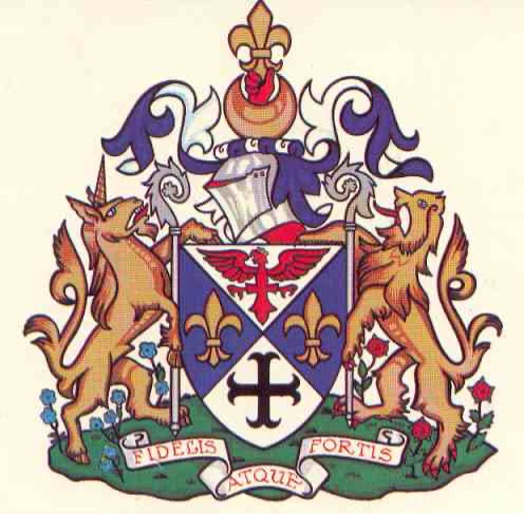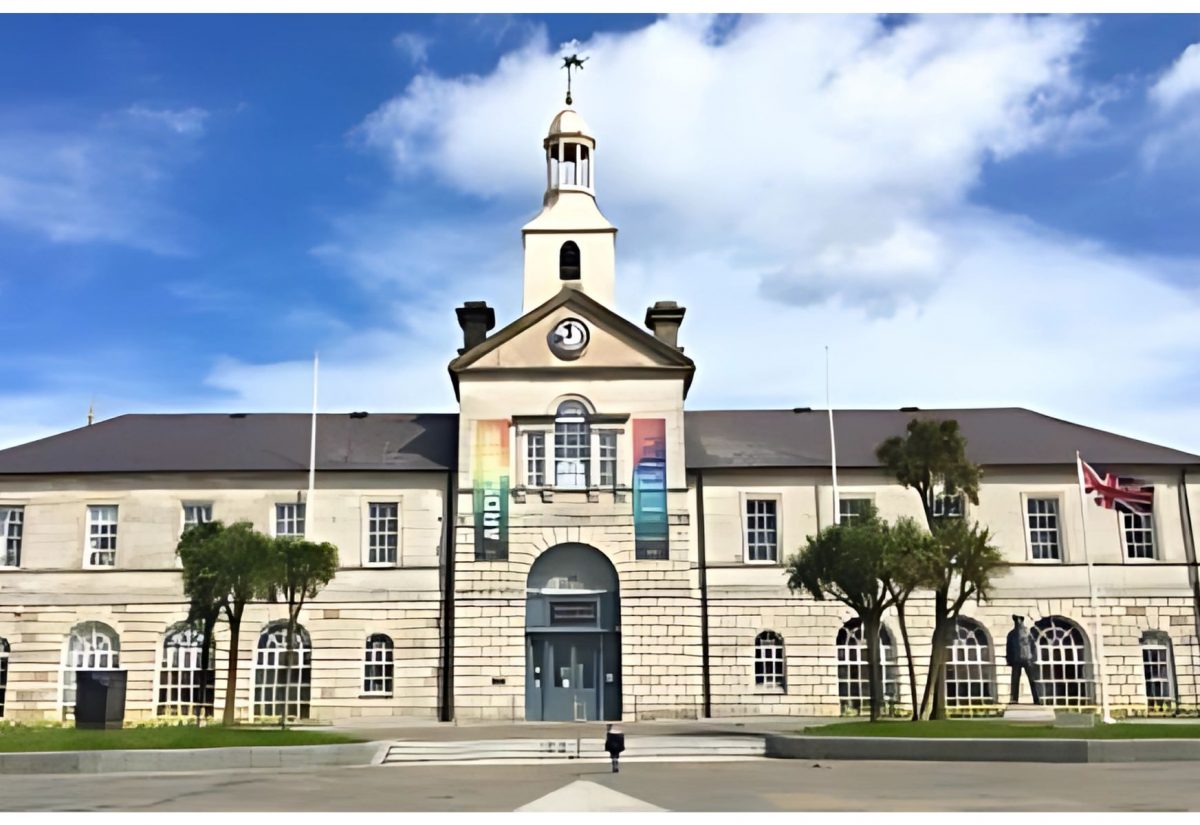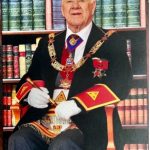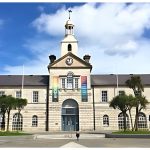The area around Newtownards was initially inhabited by Stone Age hunter-gatherers. They sustained themselves by fishing from the shores of the lough and hunting pigs, small animals, and birds in the surrounding dense forests. Flint was used to make arrowheads, spears, axes, and cutting tools.
During the Neolithic period, between 3500 and 2000 BC, hunting gradually transitioned to farming. The inhabitants began cultivating crops and domesticating animals such as pigs, sheep, and goats.
Scrabo Hill, which overlooks Newtownards town, saw human occupation during the Bronze Age, between 2000 and 300 BC. Remains of a late Bronze Age settlement are still visible in the area now occupied by Scrabo Golf Club.
In 545 AD, St. Finian founded a monastery near modern-day Newtownards, naming it “Movilla” (Magh Bhile, “the plain of the sacred tree,” in Irish), implying it was once a pagan sacred site. The Vikings destroyed the monastery after 824 AD. In the 12th century, it merged with Bangor Abbey as an Augustinian monastery. Around 1226, the Normans established a town called “Nove Ville de Blathewyc” (“New Town of Blathewyc”) at the same location and founded a Dominican priory.
The initial town was established when the Norman adventurer John de Courcy arrived in the Ards area in 1177. De Courcy also had connections to Kinsale, as he constructed a castle there. Following Norman customs, the conquered territory was divided into smaller counties, one of which was the ‘County of Blaethwyc of the Ardes’. It was in this county that the New Town of the Ardes was founded.
Subsequently, the monastery was raided by Hugh O’Neill from mid-Ulster, leading to the disappearance of the urban settlement at Movilla and the renaming of the surrounding area to “Ballylisnevin” (“the town land of the fort of the family of Nevin”). The same Hugh O’Neill played a significant role in the Battle of Kinsale in 1601, which culminated in The Flight of the Earls, when the Irish commanders fled to France. By the 15th century, the town had significantly declined and was virtually abandoned, with the land coming under the control of the O’Neill clan.
In 1605, Hugh Montgomery was granted the lands and began rebuilding what was then known as Newtown, later expanded to Newtownards. Official records indicate that the town was established in 1606. Montgomery constructed a residence within the ruins of the old priory, with the tower still standing today. Scottish settlers arrived in significant numbers, leading to rapid growth of the town. Due to the shallow mud of Strangford Lough, Newtown did not develop as a port; instead, goods were transported from the nearby town of Donaghadee on the Irish Sea coast of the Ards Peninsula. Consequently, it became a market town, with the Market House in Conway Square built in 1770. The market continues to operate weekly.
Scrabo Tower, constructed in 1857, is located at the site of an Iron Age fort. The fort was oval-shaped, measuring 91 meters in length and 37 meters in width, and was surrounded by a ditch. During the installation of lightning conductors in the 1980s, animal bones and pottery were discovered, dating the fort to around AD 500.





